Reframing the everyday, creating a space for marginalized voices and galvanizing for impactful change within street photography and the industry as a whole, Gulnara Samoilova is renowned for her work.
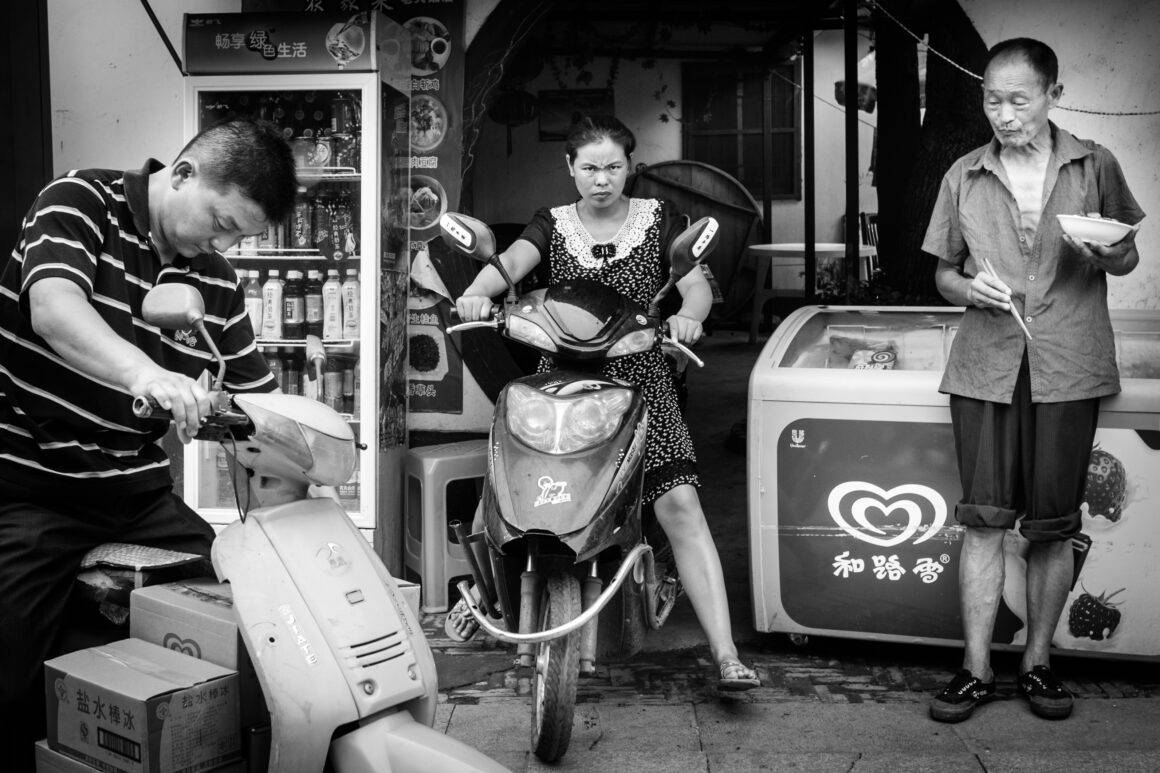
“To stand up and tell your story is an act of power, strength, and courage.” – Gulnara Samoilova on Street Photography.
Speaking to us about her undeniable passion for street photography, she tells of how her formative years shaped both her as a female photographer and influenced the work she carries out today.
“With Women Street Photographers, I want to create an inclusive community that fosters and nourishes women artists, both our visions and our concerns, and becomes a starting place for a conversation, long overdue but far too new and vast to encapsulate in brief”, she says when asked about her community founded in 2017, amplifying the work of women worldwide, Women Street Photographers.
Starting from humble beginnings as an instagram account altering the facet of street photography and drawing our gaze towards both women in front of, and behind the lens, Women Street Photographers has evolved into multiple platforms where women’s work of any race, ethnicity, generation, sexual orientation and identity are showcased. A space for true representation, their aim is to redefine preconceived notions of street photography through the power of inclusivity.
“I hope women photographers are encouraged to become authors, to realize they are the only ones who can tell their stories, and that the world is a better place with their voices in it.”
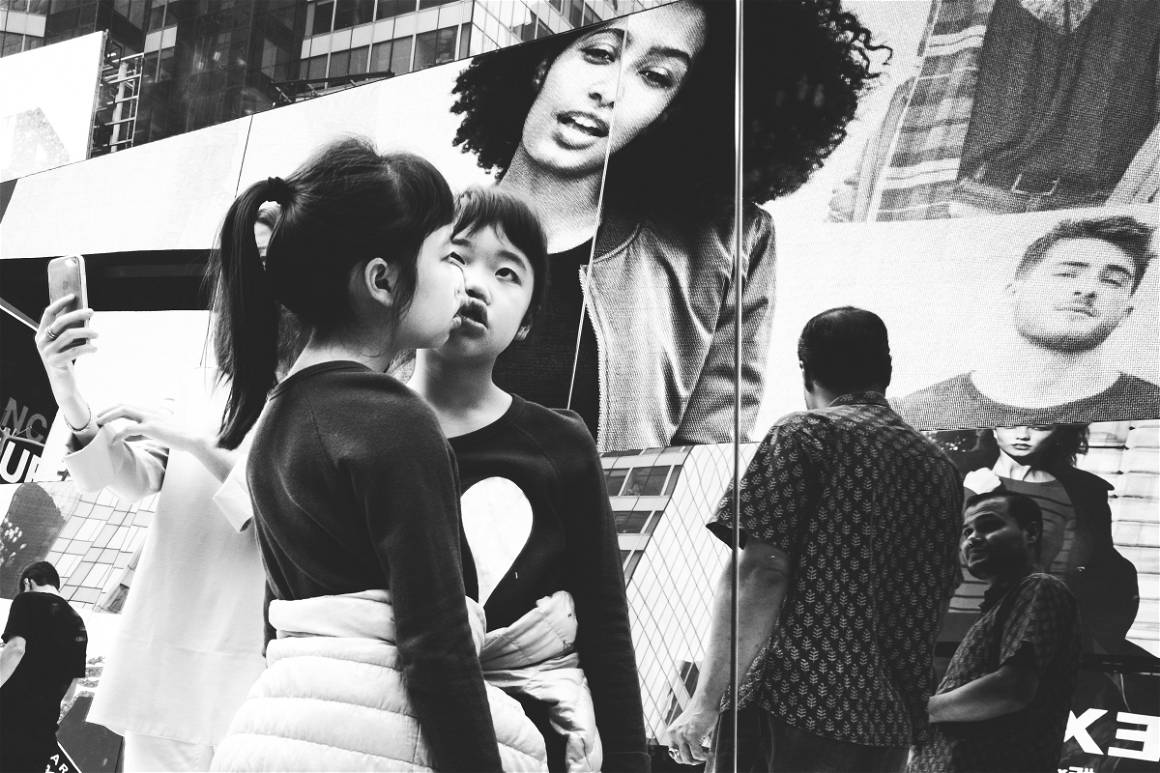
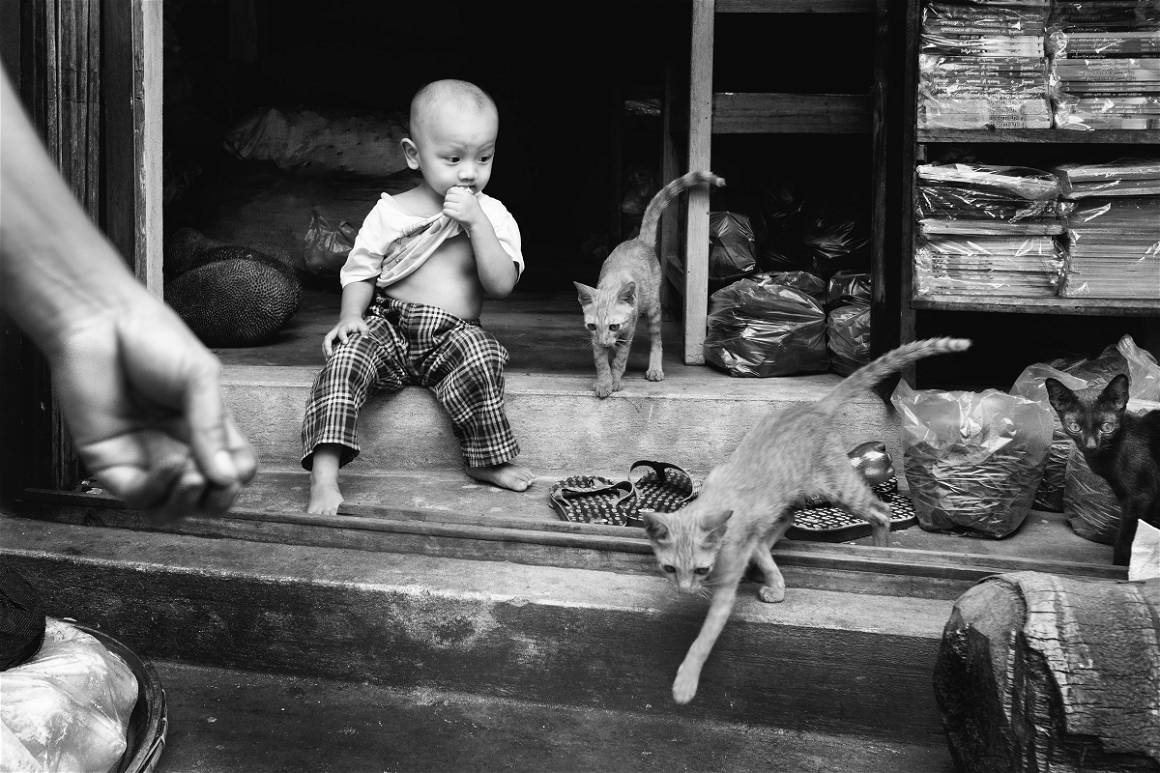
Being the only female fine art photographer in the Autonomous Republic of Bashkortostan, your birthplace, must have had a significant impact on your art/ work. What would you say was the most important and poignant?
Growing up in extreme rural poverty in Ufa, the capital of the Republic of Bashkorostan in Russia, street photography was my means of escape. I was both a shy yet curious, risk taking teen who never had anyone to tell me what I could or couldn’t do. The camera became my compass; I could use it to follow my heart, to discover people, places, and things in a new light. I published my first photograph – a street photo of a lamppost made at night – in the art section of a local newspaper while I was in high school and I was immediately hooked. I knew exactly what I wanted to do with my life, and I never looked back.
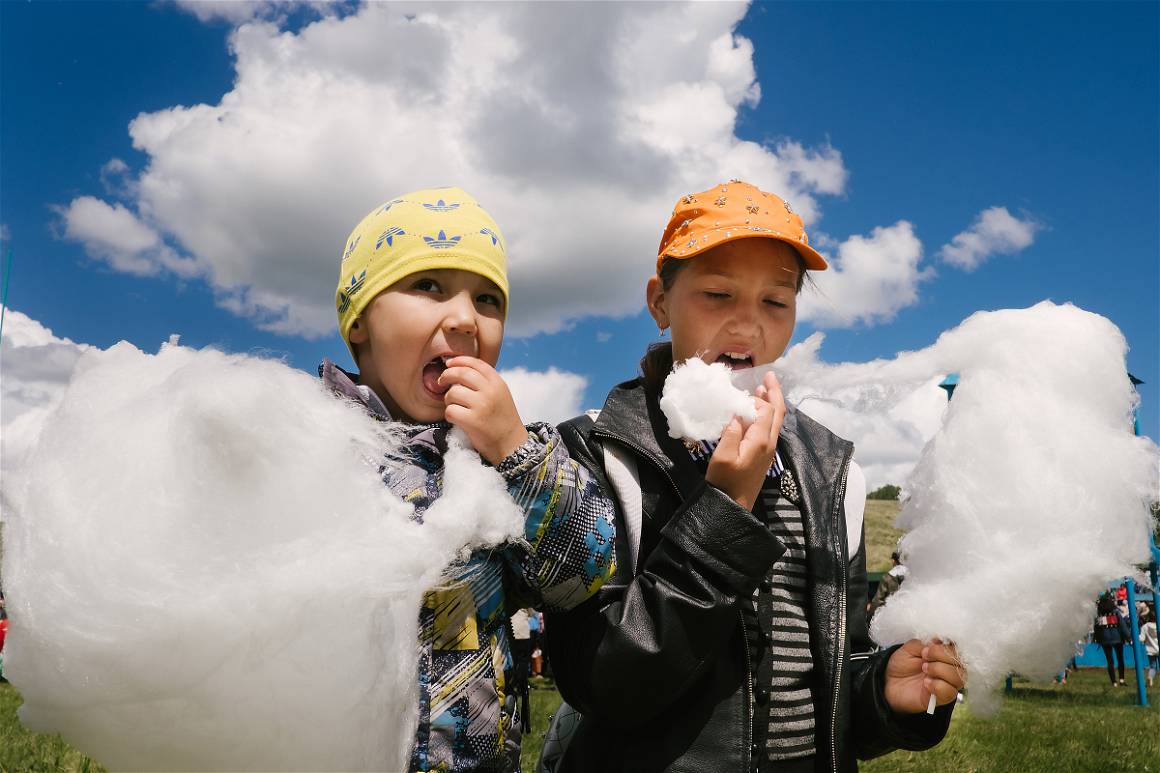
Let’s talk about street photography. In your own words, what does the term mean to you and what do you think its position in today’s social and cultural landscape is?
Street photography means freedom and fun — it’s a way to escape the stresses of everyday life and reconnect with the world around me. It’s been like this my entire life. Ever since I discovered photography at age 15, it nurtured my sense of purpose, risk taking, and independence.
Street photography is a space to express myself as an artist, and I don’t like to define it so much as push the boundaries beyond the known. That said, a working framework for what differentiates street photography from other genres could be: it is made in a public space, but that space needed not be limited to the literal street. It can be the countryside, or a beach, a café or a subway train. It is a single moment in time that does not require further context; while it can be documentary or narrative, it can also be abstract. At its best, street photography reframes the mundane so that you see things anew; it is both about how you see the world and what you are looking at.
Really good street photography takes dedication and patience. But when you know how to take a good street photograph, it teaches you so much that it’s very helpful in other genres of photography including fashion, portraits, documentary, and photojournalism. When I was a wedding photographer, I taught street photography to wedding photographers for that reason. It teaches you how to reach quickly, to see the light, to be patient, and things like that.
Street photography is definitely becoming more popular. Now with smaller cameras, better lenses, and phones, it’s so much easier and accessible to people. You are traveling, walking around, and taking street photographs. You go to a supermarket, see something, pull out your phone, and take a picture. You go for a walk with your dog or your kids, put your camera around your neck, see something, and take pictures. Anyone can do it.
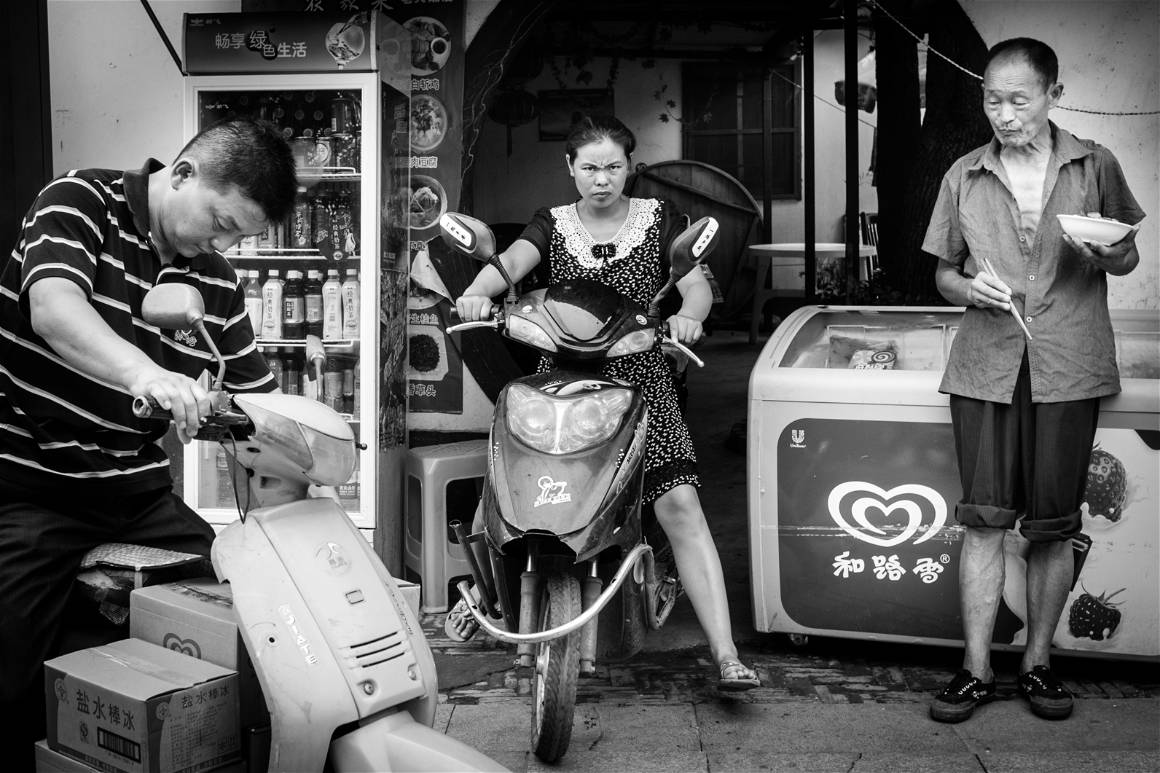
How do you believe your initial works in photography, both in fine art photography and as a photojournalist impacted your move to street photography? Why the change?
I have always been a street photographer. My first published work, while I was in high school, was a photograph I made on the street. I became very interested in street photography as a practice when I went to college in Moscow. I didn’t know at the time it was street photography; I would just walk around and take pictures of people. Where I can from everything is so traditional. When I was studying photography in Moscow in college, I would see women with their heads shaved and it was so shocking to me. They were different and I was drawn to that.
At the time, I admired Henri Cartier-Bresson. That was the only photographer I remember being blown away by. I didn’t focus on street photography per se; I did a lot of fashion but the way I did fashion, it was like street photography. I would put my models on the street and take casual photographs of other random people. I was really inspired by the street and would bring it to other areas of my photography.
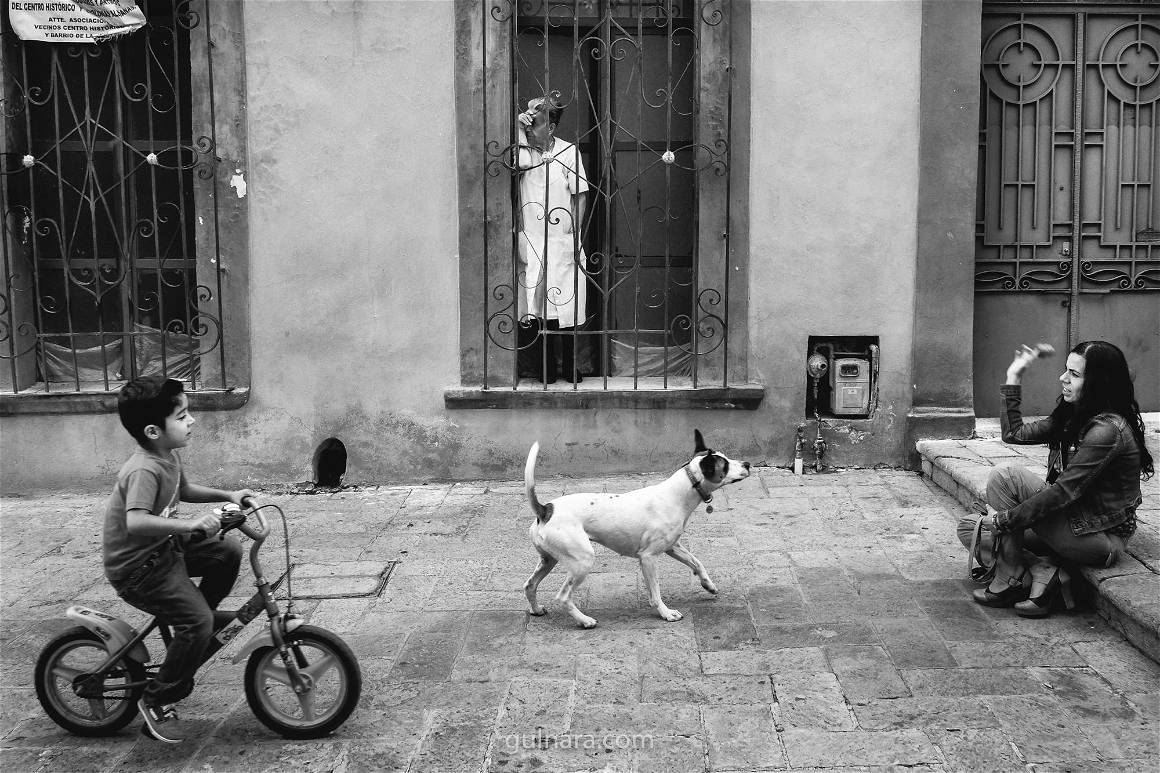
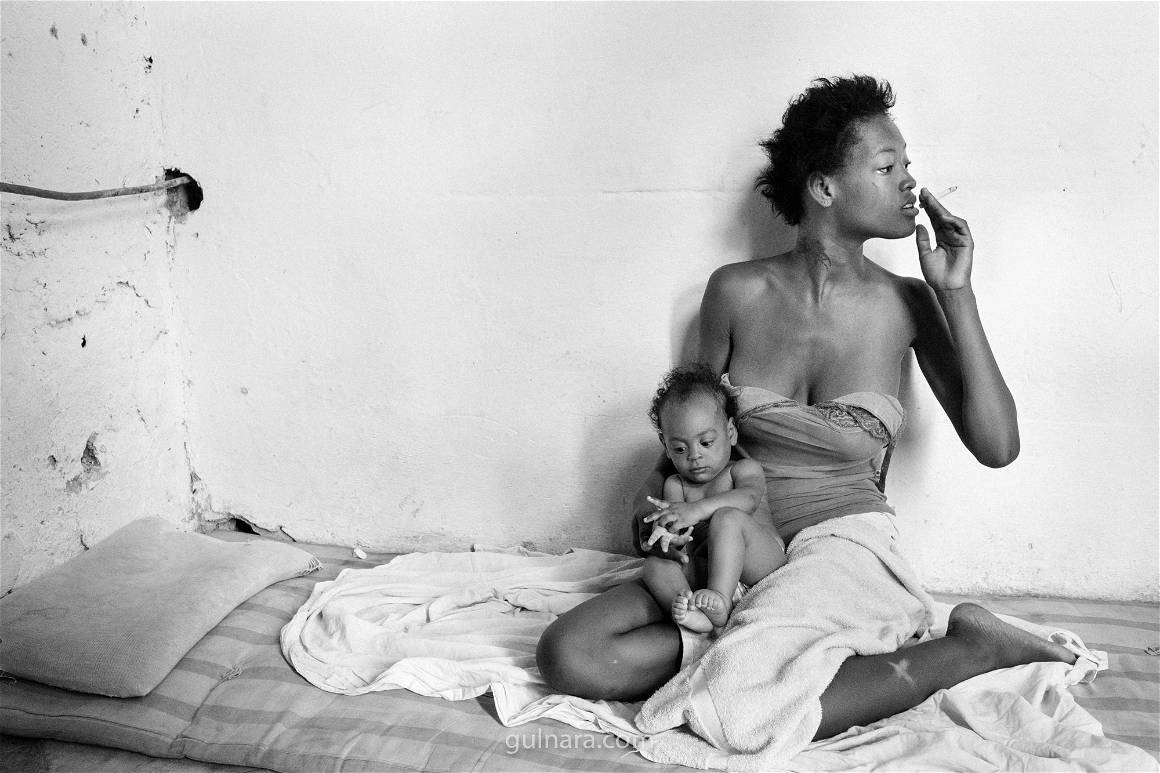
How do you think the cultural intersection of photography and women can empower female creatives further?
Women have always contributed to street photography, but there has been a bias to focus on the work of men, as is common throughout the history of art. Fortunately, this is changing. One of the things about Women Street Photographers that’s particularly important to me is to showcase the work of lesser-known women photographers to show, there are many of us out there. You just have to look.
I think we’re in a place where we’re just starting to make space, and doing that is in and of itself a political act. “When you’re accustomed to privilege, equality feels like oppression,” writer Clay Shirky tweeted in 2016. Simply allowing women the opportunity to introduce their perspectives can be paradigm shifting.
Within organizations, there is a tendency to uphold prevailing social norms. I’ve observed the absence of women in any number of roles in most areas of the industry. That alone suggests the presence of a systemic bias. Today we are challenged to create space for women on all levels in the industry, to ensure equal opportunities extend to people of all genders, sexualities, races, ethnicities, nationalities, creeds, classes, ages, and abilities — as well as all intersections within these groups.
Women are redefining the idea of street photography so that it is not limited by definitions of the West, to create a more expansive, inclusive approach that makes it more accessible to people from all walks of life. Women Street Photographers has a mix of traditional images made in cities, as well as photographs made on dirt roads, at beaches, and various waterfronts. In spaces where movement is restricted, women have adapted to use camera phones to make work, as a way of not drawing attention to themselves when they are in public.
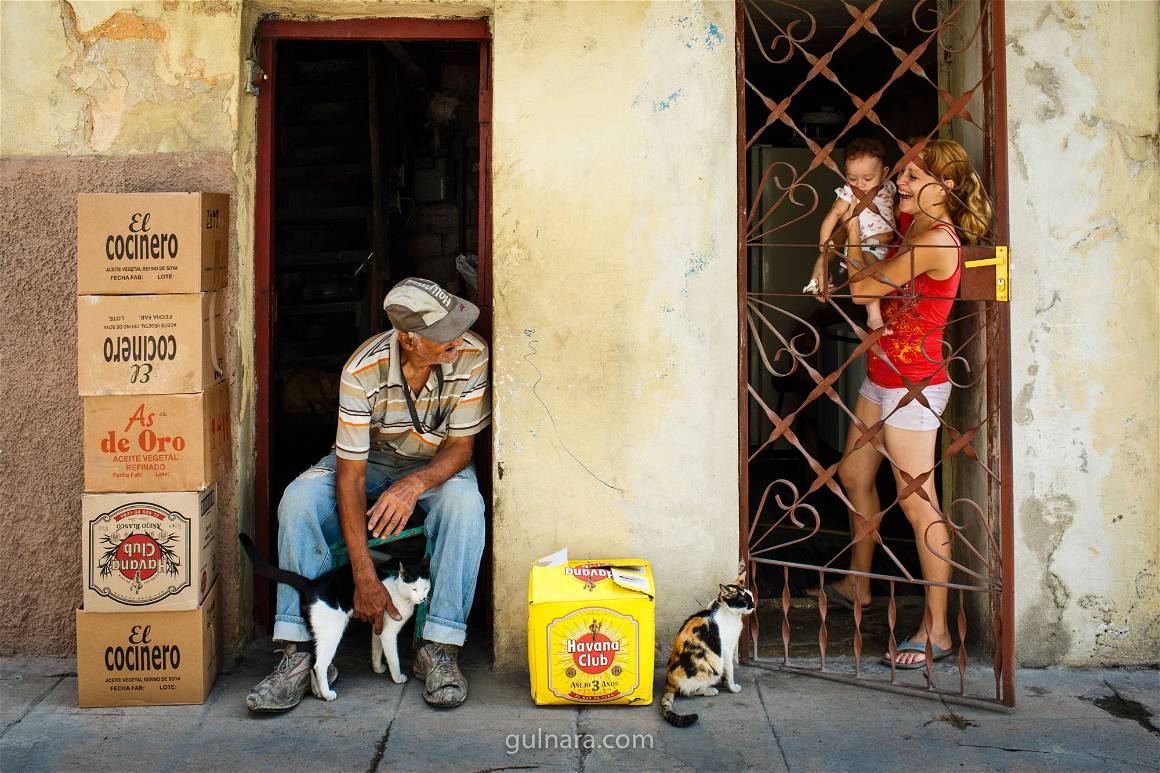
Tell us all about the inception of Women Street Photographers. The project showcases women taking up space previously not held for them. Women Street Photography celebrates and acknowledges women creatives in equal measure. What was your initial aim for the project and how has it evolved to the main goals you want it to achieve today? Are they the same?
Like many women, I have experienced a lot of sexism throughout my career, both in Russia and the United States — but it wasn’t until the 2016 Presidential election that it came to a boiling point. By that time, I had reached a crossroads in my life. I had created an extremely successful wedding photography business but I discovered that making money wasn’t enough. I closed my business and decided to start again. I wasn’t exactly sure what I was going to do — then Trump got elected. His behavior triggered memories of the sexism I had experienced throughout my life. I decided to channel my frustration into something positive: a platform dedicated to women street photographers.
I wanted to create the kind of support I would have liked to have received in my career, be it through promotions, exhibitions, artist residencies, inspirational films, publications, or just being part of a community. I launched Women Street Photographers on Instagram in 2017, and things took off. It seemed like this was something people had been waiting for, and not just women — almost half of my followers are men. I’ve been developing the platform organically ever since then, developing a website, traveling exhibitions (2018), artist residency (2019), inspirational film series (2020), and now, a photography book, Women Street Photographers (Prestel, 2021).
With Women Street Photographers, I want to create an inclusive community that fosters and nourishes women artists, both our visions and our concerns, and becomes a starting place for a conversation, long overdue but far too new and vast to encapsulate in brief. I’m interested in empowering women so that they can tap into their creativity and feel confident about making work, whether they are professional or amateur photographers. What I want to build is everything I wish I had encountered over the past 40 years working as a photographer that would have helped me along my journey so that I didn’t feel so alone in the world. I hope to help, rather than hinder, women so that they don’t have to fight the same battles I did.


Women Street Photographers developed its audience on instagram but cemented its place in the art industry with the release of it in art-book form. What did the medium bring to the project?
I always planned to make a book; initially I conceived it as a catalogue for the exhibitions, but that made it too limited in scope. In due time I began to think about how to tell a bigger story, albeit one that just scratches the surface of the work that exists. It is my hope to continue to make books to create a broader, more expansive and inclusive look at women in all corners of the earth.
I wanted to choose dedicated photographers from all around the world. In total, there are 31 countries and 34 nationalities represented in the book. The women range in age from their 20s to their 70s. Some have taken up street photography later in life after they had careers and families, while others started as teens and have dedicated their lives to the art.
For some, the personal is political, and being a woman informs their approach to making work. For others, gender is not an integral part of their creative process. Some women have spoken about being a single woman working on the street in their native lands, and how they adapt their practice to comfort themselves accordingly. Other women are dealing with physical disabilities and use street photography to help manage their conditions. Some women are LGBTQ, and recognize how a queer gaze informs their work.
It’s important to center the work of marginalized groups because their stories have largely been erased, minimized, or misrepresented by the mainstream for any number of reasons. To stand up and tell your story is an act of power, strength, and courage. Each woman has her own approach to street photographs drawn from a mix of circumstances that inform her life, combined with what they all describe as a lifelong love of visual art.
In terms of timing, it’s been said that luck is when preparedness meets opportunity. I’ve been preparing for this moment specifically since 2017, but in a broader sense I’ve been working towards this all my life. The fact that the culture was ready to receive this message speaks to both how far we’ve come, and how long it’s taken us to reach this point.

Do you feel that contemporary street photography acknowledges gender? Or to you, is this no longer an obstacle? If so, what helped break that boundary?
When I started my career, I didn’t want to be seen as a “female photographer.” I was just a “photographer” and I wanted to be treated as an equal. When I started Women Street Photographers in 2017 and began doing research, I noticed there were not a lot of women street photographers being recognized in the field. I noticed a lot of street photography Instagram accounts were run by men, and they weren’t featuring many women. When I started applying to festivals to send my annual Women Street Photographers exhibitions, I noticed that the judges, speakers, and workshops were still nearly 100% men. To me, it was very noticeable.
Unfortunately women’s under representation in street photography is the norm, not the exception. Throughout the history of art, women have largely been excluded, and it is only in the past century — with increased political, social, economic, and cultural capital — that women are now in a position to demand equality on every level. However, one thing is abundantly clear: no one will do it for us. In the words of Sufi mystic Rumi, we must be the change we want to see in the world.

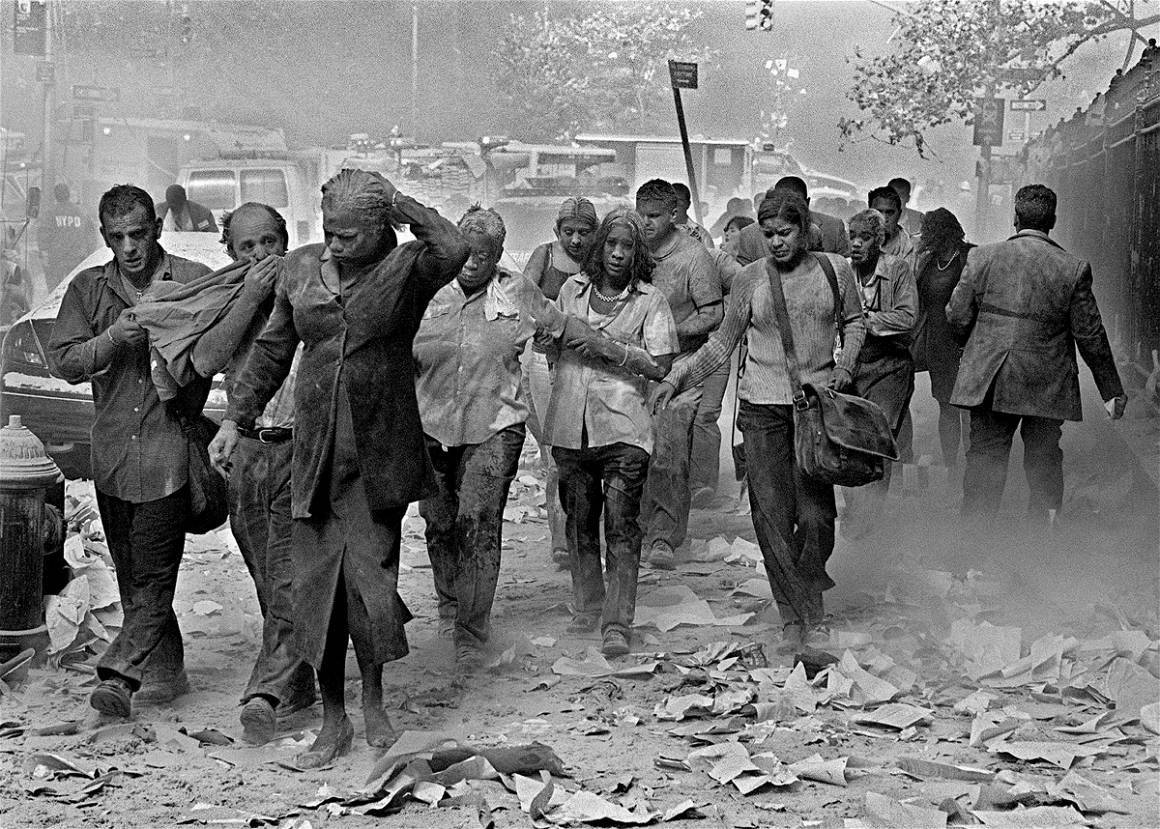
What one defining take away from Women Street Photographers do you hope people take away from the work?
For me, Women Street Photographers is a community — a place where we can share our work and our lives. I love street photography because it is an artwork and an artifact, creative expression and documentary fact. It’s one of the most challenging yet accommodating genres of photography; there’s so much space for experimentation. You can do abstraction or figurative work; you can shoot on concrete sidewalks, dirt roads, or at the beach. You can be a professional or an amateur working anywhere in the world. The only thing you need is the nerve to go out and try it for yourself.
I’m excited to see women from all walks of life receive attention for their work, and for people to think about street photography as something far more expansive and inclusive that everyone can do. I hope women are encouraged to pick up a camera and photograph their world, to enjoy the pleasures of making art for the sheer joy of it. I hope women photographers are encouraged to become authors, to realize they are the only ones who can tell their stories, and that the world is a better place with their voices in it.



